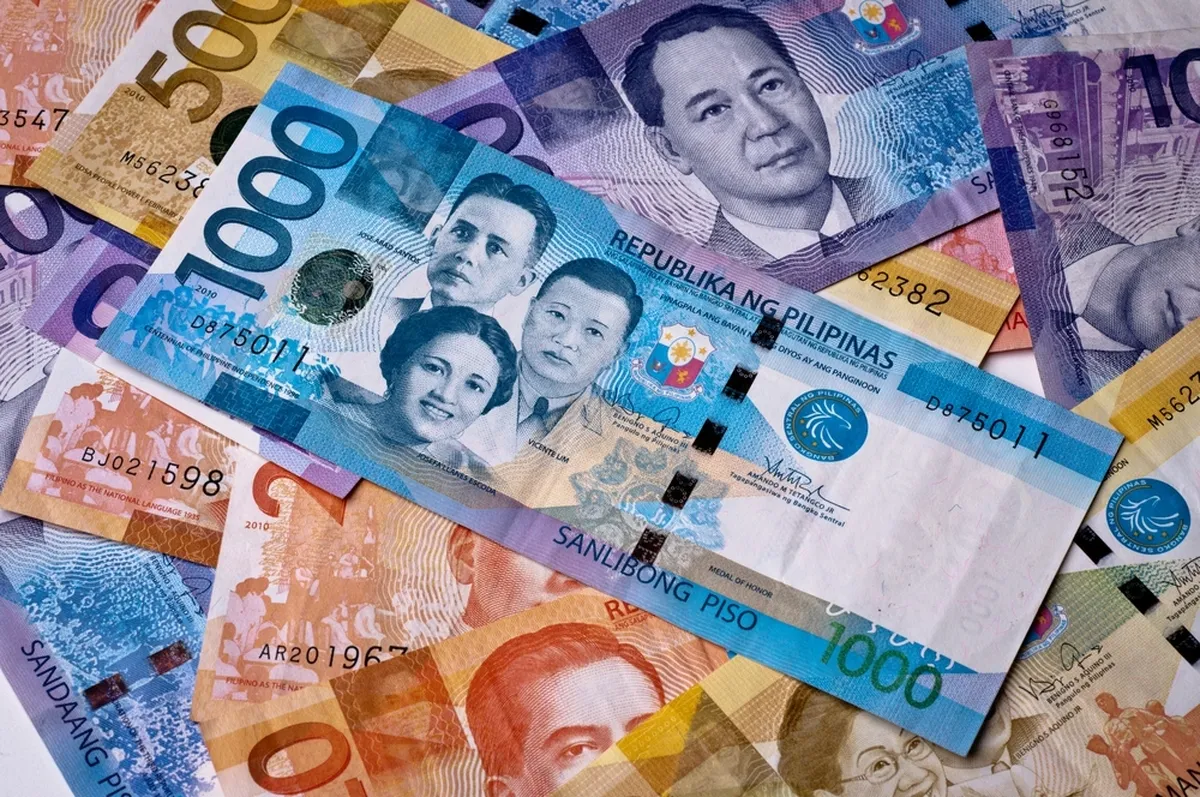Philippine Economy Grows at Fastest Pace in 40 Years

Manila’s fourth quarter forecast-beating annual growth of 7.2 percent reported by the statistics agency, compared with the 6.5 percent pace expected in a Reuters poll, brought full-year expansion to 7.6 percent, the fastest since 1976 and above the government’s target of 6.5 to 7.5 percent.
Economic Planning Secretary Arsenio Balisacan attributed the stellar fourth-quarter performance to strong domestic demand, a rise in jobs, and “revenge” spending following the lifting of pandemic curbs and full reopening in the last three months of the year.
“We are confident that we will remain in our high growth trajectory,” Baliscan told a media briefing.
He said China’s reopening will be a boon for the Philippine economy while protecting the purchasing power of Filipinos and ensuring food security would remain priorities for the government as the public grapples with high inflation.
On a quarter-on-quarter basis, GDP growth came in at 2.4 percent in October-December, compared with expectations for a 1.5 percent rise and the previous quarter’s upwardly revised 3.3 percent expansion.
Balisacan said the government was sticking with its 6 to 7 percent growth target for 2023, but that is not without risks, with the global economy expected to slow further this year, roiled by the Ukraine conflict, while rising inflation could lead to further policy tightening.
Like the rest of the world, the Philippines is battling red-hot inflation, currently running at 14-year highs, which if not tamed could crimp domestic consumption, a major driver of growth.
Government data showed household spending slowed for a third straight quarter in the October-December period, growing at an annual rate of 7 percent from 8 percent in the third quarter.
“We expect a difficult year ahead for the Philippines,” Capital Economics said in a note, citing the impact of high inflation and tighter monetary policy on domestic spending. For 2023, Capital Economics is expecting growth of 5.5 percent.
4155/v





















